Introduction to Charcoal: Types and Uses
Charcoal, an essential material with diverse applications, is created through the process of pyrolysis, where organic material, predominantly wood, is heated in the absence of oxygen. This transformation results in a carbon-rich product that has been used for centuries. Understanding the different types of charcoal and their specific uses can help consumers make informed decisions when purchasing charcoal for sale.
Types of Charcoal
There are three primary types of charcoal: lump charcoal, briquettes, and activated charcoal. Each type serves unique purposes and offers distinct characteristics.
Lump Charcoal: Lump charcoal is made by burning wood in a low-oxygen environment, which results in a product that retains the natural shape and structure of the wood. Known for its purity, lump charcoal contains no additives, making it a popular choice for grilling enthusiasts who seek a clean and authentic flavor. Its ability to reach high temperatures quickly and burn hotter than other types makes it ideal for searing meats.
Briquettes: Charcoal briquettes are manufactured by compressing sawdust and other wood by-products with additives such as binders and fillers. These additives can include starch, limestone, and borax, which help maintain shape and improve burn performance. Briquettes are known for their consistency in size and burn rate, making them a reliable option for long-duration grilling and smoking sessions. They are favored for their ability to maintain steady temperatures over extended periods.
Activated Charcoal: Activated charcoal undergoes additional processing to enhance its porous surface area, significantly increasing its adsorptive properties. This type of charcoal is not typically used for grilling but is highly valued in industrial and medicinal applications. It is used in water purification, air filtration, and as an antidote for certain types of poisoning due to its ability to trap toxins and chemicals.
Uses of Charcoal
Charcoal’s versatility extends beyond culinary applications. In grilling and smoking, both lump charcoal and briquettes provide the necessary heat source for cooking food, imparting distinct flavors and textures. Industrially, charcoal is used in metal production, particularly in the smelting of iron. Activated charcoal’s unique properties make it indispensable in water treatment facilities, where it removes impurities and contaminants.
In the medical field, activated charcoal is utilized for its detoxifying abilities. It is often administered in emergency situations to treat overdoses or poisoning, as it binds to harmful substances and prevents their absorption in the gastrointestinal tract. Additionally, activated charcoal is found in various consumer products, including toothpaste and skincare items, due to its purifying properties.
In conclusion, understanding the different types of charcoal and their respective uses is crucial for making informed purchasing decisions. Whether for grilling, industrial applications, or medicinal purposes, selecting the right type of charcoal can significantly impact the outcome and effectiveness of its use.
Benefits of Using Charcoal
Charcoal has long been hailed as a crucial component in grilling and smoking, owing to its unique properties that enhance both the cooking process and the final product. One of the primary benefits of using charcoal is its ability to reach significantly high temperatures. This allows for quick searing of meats, which is essential for locking in juices and creating a desirable crusty exterior. The high heat also enables the efficient cooking of various foods, ensuring that they are well-cooked and flavorful.
In addition to its high-temperature capabilities, charcoal provides consistent and even heat. This consistency is vital for grilling and smoking, as it ensures that the food cooks uniformly, preventing undercooking or overcooking of certain areas. When compared to other fuel sources like gas or electric grills, charcoal stands out for its ability to maintain a steady temperature over extended periods, which is particularly beneficial for slow-cooking and smoking.
Another significant advantage of using charcoal is its contribution to the flavor profile of food. Charcoal imparts a distinct, smoky flavor that is difficult to replicate with other cooking methods. This rich, smoky essence enhances the natural flavors of the ingredients, making the overall dining experience more enjoyable. Many grilling enthusiasts prefer charcoal for this very reason, as it elevates the taste and aroma of the food.
Beyond culinary uses, charcoal has found its place in health and beauty routines, primarily in the form of activated charcoal. Activated charcoal is known for its detoxifying properties, making it a popular ingredient in skincare products and health supplements. It helps in removing impurities from the skin, reducing acne, and promoting a clear complexion. Additionally, activated charcoal is used in dental care for teeth whitening and in digestive health for alleviating bloating and gas.
Overall, the benefits of using charcoal extend beyond the grill, offering advantages in both culinary and health-related applications. Whether you are a grilling aficionado or someone looking to enhance your health and beauty regimen, charcoal proves to be a versatile and valuable resource.
“`html
Factors to Consider When Buying Charcoal
When it comes to purchasing charcoal, several factors play a crucial role in ensuring you get the best product for your needs. One of the primary considerations is the type of food you plan to cook. Different foods require different heat levels and cooking times, which can influence the type of charcoal you should buy. For example, grilling delicate fish might necessitate a different charcoal type compared to cooking a thick steak.
Another important factor is the desired cooking time. Charcoal comes in various forms, including briquettes and lump charcoal, each with distinct burning properties. Briquettes tend to burn longer and more consistently, making them ideal for extended cooking sessions. On the other hand, lump charcoal burns hotter and faster, which can be advantageous for quick searing.
Flavor preferences also play a significant role in your charcoal choice. Lump charcoal is known for imparting a more natural, smoky flavor to food, which many grilling enthusiasts prefer. Briquettes, while more consistent, often contain additives that can alter the taste. It’s essential to consider what flavor profile you desire in your grilled dishes.
Lastly, the environmental impact of your charcoal choice should not be overlooked. Sustainable charcoal options, such as those made from renewable resources or certified by environmental organizations, are increasingly available. These alternatives not only reduce your carbon footprint but also support sustainable forestry practices. When purchasing charcoal, look for certifications like the Forest Stewardship Council (FSC) to ensure you’re making an eco-friendly choice.
By carefully considering these factors—type of food, cooking time, flavor preferences, and environmental impact—you can make an informed decision that aligns with your cooking needs and values. Whether you opt for briquettes or lump charcoal, understanding these elements will enhance your grilling experience and contribute to more delicious, responsibly cooked meals.
“`
Top Brands and Where to Buy Charcoal
When it comes to purchasing charcoal, selecting a reputable brand is crucial for ensuring a high-quality grilling experience. Among the top brands, Kingsford, Royal Oak, and Cowboy Charcoal stand out due to their consistent performance and widespread availability.
Kingsford is one of the most recognized names in the charcoal industry. Known for its reliable burn time and consistent heat, Kingsford charcoal is a favorite among both casual grillers and BBQ enthusiasts. Their products are readily accessible in most local supermarkets, big-box retailers, and online stores such as Amazon and Walmart. Kingsford offers a variety of charcoal types, including briquettes and lump charcoal, catering to different grilling preferences.
Royal Oak is another leading brand, appreciated for its natural lump charcoal, which is made from American hardwoods. Royal Oak’s products are praised for their long burn time and minimal ash production, making them ideal for long smoking sessions. This brand can be found in many home improvement stores, specialty BBQ shops, and online platforms like Home Depot and Lowe’s. Royal Oak also offers different sizes and types of charcoal, ensuring that there is an option for every grilling need.
Cowboy Charcoal is well-regarded for its 100% natural hardwood lump charcoal. This brand is popular among purists who prefer an authentic, smoky flavor in their grilled foods. Cowboy Charcoal is available in local supermarkets, specialty BBQ stores, and online retailers such as Amazon and Ace Hardware. Their commitment to natural ingredients and sustainable sourcing makes them a preferred choice for eco-conscious consumers.
In addition to these brands, there are numerous other options available in the market. Charcoal can be purchased through various channels, including local supermarkets, big-box retailers, specialty BBQ shops, and a plethora of online stores. Online shopping offers the convenience of home delivery and often provides access to a wider selection of products, including niche brands that may not be available locally. Specialty BBQ shops, on the other hand, offer expert advice and a curated selection of high-quality charcoal products, catering specifically to grilling enthusiasts.
Ultimately, the best choice of charcoal depends on individual preferences and specific grilling needs. By exploring reputable brands and various purchasing options, consumers can ensure they find the perfect charcoal to enhance their grilling experience.
Price Comparison: Getting the Best Deals
When it comes to purchasing charcoal for sale, price comparison is a crucial step to ensure you’re getting the best value for your money. Various brands and retailers offer different pricing structures, and understanding these differences can significantly impact your purchasing decision.
First, it’s essential to compare prices across multiple brands. High-end brands often promise superior quality, but their products can come at a premium. Conversely, more affordable brands may offer competitive pricing but might compromise on quality. Therefore, it’s vital to read product reviews and ratings to gauge the performance of the charcoal.
Next, consider shopping around different retailers, both online and offline. Online platforms often provide the advantage of customer reviews and ratings, which can be incredibly informative. Additionally, e-commerce sites frequently offer discounts and promotional deals, especially during holiday seasons or special sale events. Physical stores, on the other hand, might provide immediate availability and the chance to inspect the product firsthand.
Bulk buying can be another effective strategy to save money. Many retailers offer significant discounts for bulk purchases, which can be particularly advantageous if you use charcoal frequently. However, ensure you have adequate storage space to keep the charcoal dry and in good condition.
Understanding the balance between price and quality is also essential. While it might be tempting to opt for the cheapest option, low-quality charcoal can result in poor grilling performance, uneven heat distribution, and excessive ash production. Therefore, it’s crucial to find a product that offers a good balance of affordability and quality.
Finally, keep an eye out for coupons, loyalty programs, and seasonal discounts. Many retailers have loyalty programs that offer points or discounts on future purchases. Utilizing these programs can lead to substantial savings over time.
By taking the time to compare prices, read reviews, and explore bulk buying and discounts, you can make an informed decision and get the best value for your money when purchasing charcoal for sale.
How to Store Charcoal Properly
Proper storage of charcoal is crucial to maintain its quality and longevity. Taking the right steps to store your charcoal ensures that it remains effective and safe to use whenever you need it. Understanding the ideal storage conditions, the best containers to use, and how to protect it from common threats like moisture and pests can greatly extend the lifespan of your charcoal.
The first consideration when storing charcoal is the environment. Charcoal should be kept in a cool, dry place. Exposure to moisture can cause it to absorb water, which diminishes its efficiency and makes it difficult to light. Humidity is another factor to monitor, as high levels can lead to the charcoal becoming damp. Therefore, always ensure the storage area is well-ventilated and free from any sources of water.
Choosing the right container is equally important. Airtight containers are highly recommended for charcoal storage. Metal bins with tight-fitting lids or heavy-duty plastic containers with secure seals work exceptionally well. These containers not only prevent moisture from seeping in but also protect the charcoal from pests. Avoid using cardboard boxes or paper bags, as they offer little protection against humidity and insects.
To further safeguard your charcoal, consider adding a desiccant packet inside the storage container. Desiccants help absorb any residual moisture, ensuring the charcoal remains dry. Additionally, if you live in an area prone to pests, such as rodents or insects, it may be beneficial to store the charcoal off the ground and away from walls to minimize the risk of infestation.
By adhering to these best practices, you can effectively maintain the quality of your charcoal for extended periods. Proper storage not only ensures that your charcoal is always ready for use but also protects your investment, allowing you to enjoy consistent grilling and cooking experiences.
When purchasing charcoal, buyers often make several common mistakes that can impact their grilling or heating experience. One of the primary pitfalls is not considering the type of charcoal needed for their specific use. Charcoal comes in various forms, such as lump charcoal and briquettes, each with unique characteristics. Lump charcoal is known for its natural composition and quick lighting properties, making it ideal for high-heat cooking. On the other hand, briquettes are uniform, burn slower, and are perfect for longer cooking sessions. Failing to choose the correct type can result in suboptimal performance and frustration.
Another significant error is purchasing low-quality brands. Not all charcoal is created equal, and opting for cheaper, lesser-known brands can lead to inconsistent burning, excessive ash production, and undesirable flavors in food. It is essential to research and invest in reputable brands that are known for their quality and reliability. Reading reviews and seeking recommendations from experienced grillers can help in making an informed decision.
Improper storage of charcoal is also a common mistake. Charcoal is highly susceptible to moisture, which can render it ineffective. Storing charcoal in a damp environment can cause it to absorb moisture, leading to difficulty in lighting and maintaining a consistent burn. To avoid this, it is crucial to store charcoal in a dry, cool place, preferably in an airtight container. This will ensure that the charcoal remains in good condition and is ready for use whenever needed.
In summary, avoiding these common mistakes can significantly enhance your charcoal purchasing experience. By considering the type of charcoal required, investing in high-quality brands, and ensuring proper storage, you can enjoy efficient and enjoyable grilling or heating sessions. Being mindful of these factors will help you make the most out of your charcoal investment.
Conclusion: Making the Right Choice for Your Needs
In conclusion, selecting the right type of charcoal is paramount to achieving the desired results in your grilling or smoking ventures. Throughout this guide, we’ve explored various facets crucial to making an informed decision. From understanding the differences between lump charcoal and briquettes, recognizing the importance of wood type and origin, to evaluating factors such as burn time, temperature control, and environmental impact, each aspect plays a significant role in the overall performance and outcome of your culinary endeavors.
Choosing between lump charcoal and briquettes largely depends on your specific needs and preferences. Lump charcoal, known for its purity and minimal additives, offers a cleaner burn and higher heat, making it ideal for searing and high-temperature grilling. On the other hand, briquettes provide a more consistent burn time and temperature, which is beneficial for low-and-slow cooking methods such as smoking.
Additionally, considering the origin and type of wood used in the charcoal production can significantly impact the flavor profile of your food. Hardwood varieties like oak, hickory, and mesquite impart distinct flavors, allowing you to tailor your grilling experience to your taste preferences. Furthermore, evaluating the environmental impact of the charcoal you choose, including factors such as sustainability and production practices, can help you make a more eco-conscious decision.
Ultimately, the key to making the right choice lies in aligning your selection with your cooking style, flavor preferences, and values. We encourage you to experiment with different types of charcoal to discover what works best for you. Your feedback and experiences are invaluable, and we invite you to share your tips and insights with our community. By contributing to the collective knowledge, we can all enhance our grilling and smoking experiences.
Thank you for taking the time to read our comprehensive guide. We hope it has equipped you with the information needed to make an informed choice when purchasing charcoal for sale. Happy grilling!

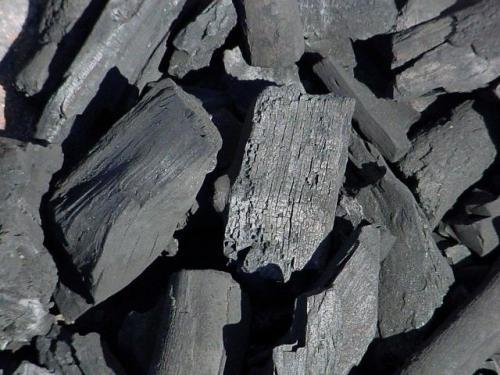
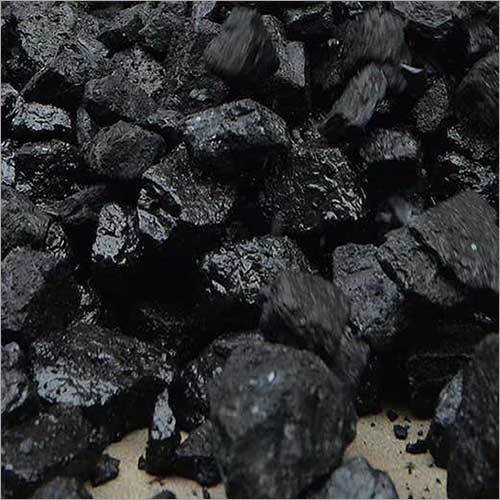
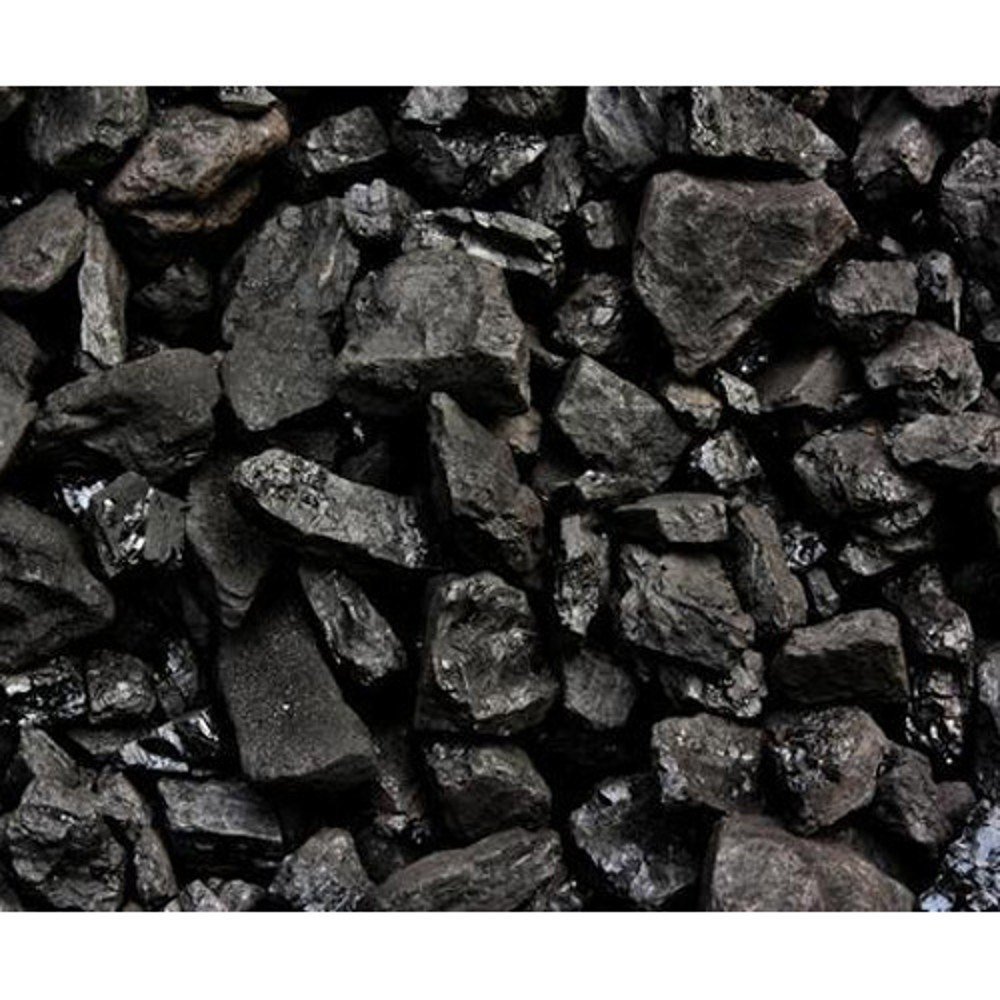
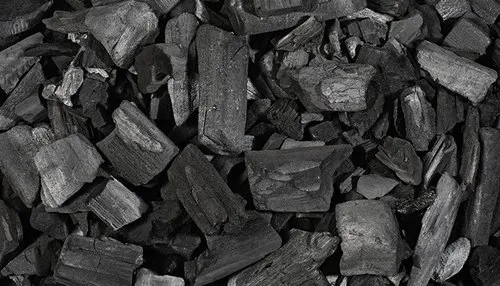
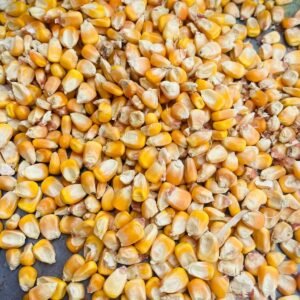
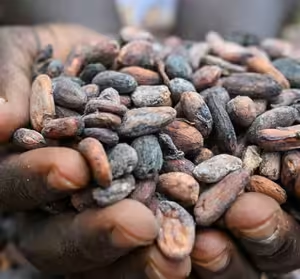
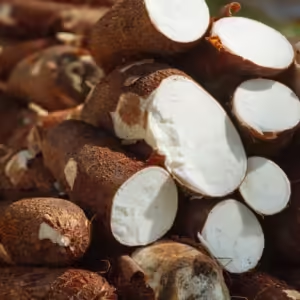
Reviews
There are no reviews yet.